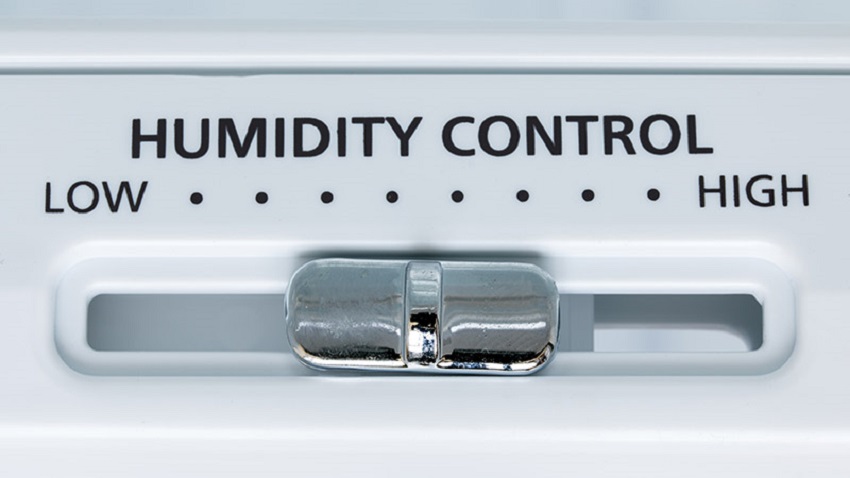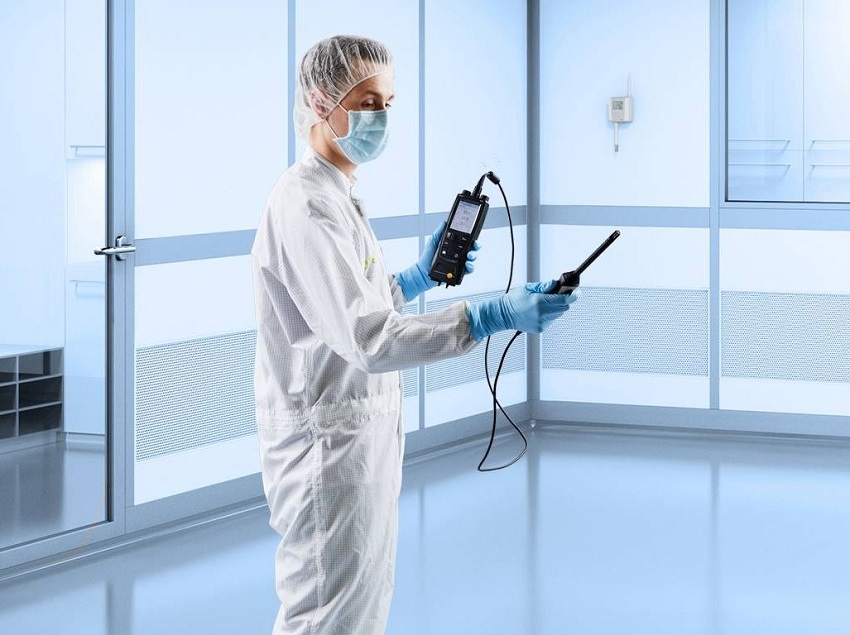Imagine walking into a clean room where the air feels fresh, the equipment runs smoothly, and the manufactured products are of the highest quality. One of the crucial factors that contribute to the success of a clean room environment is controlling relative humidity. In this article, we will explore effective methods and techniques on how to control relative humidity in clean room. Maintain optimal relative humidity levels in a clean room setting. The content has collaborated with https://newark67.com/
The Importance of Relative Humidity in Clean Rooms
Clean rooms are specialized environments designed to minimize contamination and maintain specific conditions, such as temperature, air quality, and humidity. Relative humidity refers to the amount of moisture in the air compared to its maximum capacity at a given temperature. Controlling relative humidity is crucial in clean rooms as it directly affects product quality, equipment performance, and the well-being of personnel. You may also be interested in building a cleanroom.
Understanding Relative Humidity and Its Effects
What is Relative Humidity?
Relative humidity is expressed as a percentage and represents the amount of water vapor in the air relative to its saturation point at a specific temperature. It is influenced by temperature, ventilation, and moisture sources within the clean room.
Effects of High Relative Humidity
High relative humidity in a clean room can lead to several undesirable outcomes. Excessive moisture in the air promotes microbial growth, jeopardizing product sterility. It can also cause condensation on surfaces and equipment, leading to corrosion, malfunction, and potential safety hazards. Additionally, high humidity can make the environment uncomfortable for workers and affect their productivity.
Effects of Low Relative Humidity
Conversely, low relative humidity levels can also have negative consequences. Insufficient moisture in the air can cause electrostatic discharge (ESD), which can damage sensitive electronic components. It can lead to discomfort, such as dry skin, irritated eyes, and respiratory issues for individuals in the clean room.
Controlling Relative Humidity in Clean Rooms
Maintaining optimal relative humidity levels in a clean room requires a comprehensive approach that addresses both the source and control of moisture. Here are several effective methods for controlling relative humidity:
1. Proper Ventilation and Airflow
Implementing an efficient ventilation system is crucial for regulating relative humidity. The system should facilitate the constant exchange of air while removing excess moisture. It is essential to consider factors such as air filters, air change rates, and airflow patterns to ensure optimal humidity control.
2. Humidity Monitoring and Control Systems
Utilizing advanced humidity monitoring and control systems can help maintain precise humidity levels in the clean room. These systems employ sensors and automated controls to monitor and adjust the humidity continuously, ensuring it remains within the desired range.
3. Dehumidification Techniques
Dehumidification is an effective method to reduce moisture in the air and control relative humidity. Various techniques are available, including desiccant dehumidifiers, refrigeration-based systems, and membrane-based dehumidification. The appropriate dehumidification method depends on the clean room’s size, humidity requirements, and energy efficiency goals.
4. Moisture Barriers and Vapor Retarders
Installing moisture barriers and vapor retarders in clean room construction can minimize moisture transfer from external sources. These barriers act as protective layers to prevent moisture infiltration, reducing the impact of external humidity on the clean room environment.
5. Proper Sealing and Insulation
Sealing clean room components and insulating walls, ceilings, and floors can contribute to effective humidity control. Proper sealing prevents air leaks, which can introduce uncontrolled moisture, while insulation helps maintain stable temperature and humidity.
6. Regular Maintenance and Calibration
Regular maintenance of humidity control systems, including cleaning, filter replacement, and calibration of sensors and controls, is essential to ensure optimal performance. Scheduled inspections and preventive maintenance help identify and address potential issues before they compromise the humidity control in the clean room.
Conclusion
Maintaining precise control over relative humidity in a clean room environment is vital for ensuring product quality, equipment reliability, and the well-being of personnel. Clean room operators can effectively control relative humidity levels by implementing proper ventilation, utilizing humidity monitoring systems, employing dehumidification techniques, and incorporating moisture barriers. Regular maintenance and calibration of humidity control systems are crucial to sustaining optimal conditions in the long run.
FAQs
Q1: How often should humidity levels be monitored in a clean room?
It is recommended to monitor humidity levels in a clean room continuously. Advanced humidity monitoring systems provide real-time data, allowing operators to promptly respond to deviations from the desired range.
Q2: Can high humidity in a clean room lead to mold growth?
Yes, high humidity levels can create an environment conducive to mold growth. Mold thrives in moist conditions, and if left uncontrolled, it can contaminate products and compromise the clean room environment.
Q3: Can relative humidity be controlled manually in a clean room?
While manual control of relative humidity is possible, it is not recommended for clean room environments. Automated systems offer greater accuracy, consistency, and responsiveness, ensuring optimal humidity control.
Q4: Can dehumidifiers be noisy in a clean room?
Modern dehumidifiers are designed to operate quietly, especially those specifically built for clean room applications. Careful selection of dehumidification equipment ensures minimal noise disturbance in the clean room environment.
Q5: Are there any industry standards or guidelines for clean room humidity control?
Various industry standards and guidelines provide recommendations for clean room humidity control, such as ISO 14644 and USP <797>. These documents outline requirements and best practices to maintain optimal conditions for specific applications.

